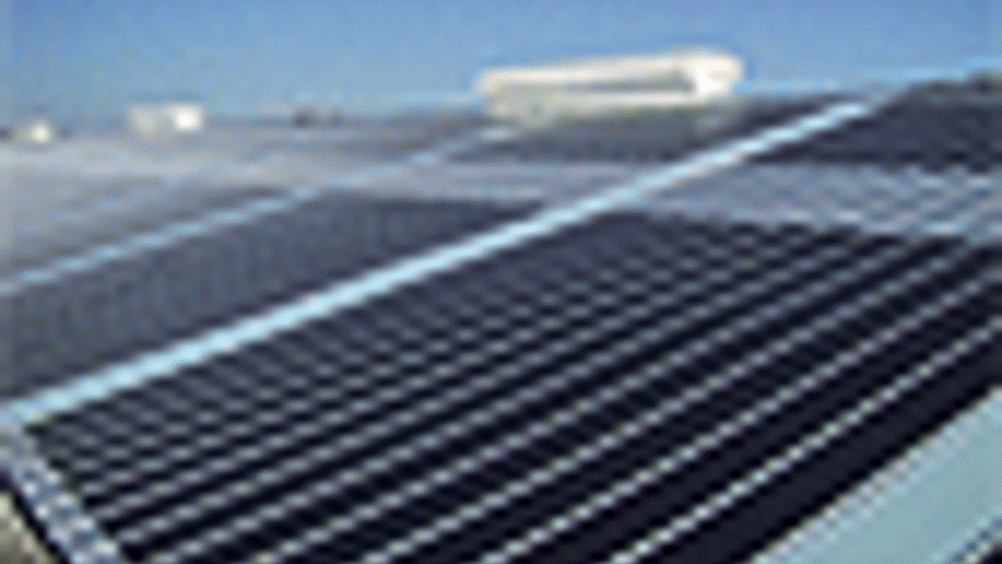Combined harvester
Improvements in our understanding of how nature converts the sun's energy into a flow of electrons could help a Sheffield University team make cheaper and more efficient solar cells

Improvements in our understanding of how nature converts the sun's energy into a flow of electrons, plus the odd properties of extremely small crystals, could help a
team make much more efficient — and potentially cheaper — solar cells.
Luke Wilson and his colleagues in the university's Department of Physics and Astronomy are working with the National Centre for Semiconductor Growth, also in Sheffield, to study the use of nanoscale semiconductor crystals known as quantum dots as solar energy collectors.
Quantum dots are single crystals, generally less than 100nm across, of materials with photovoltaic properties. This means they absorb energy at the wavelengths given off by the sun, and convert it into a form which can be harvested. But their response is very different from that of a bulk photovoltaic material, such as those used in conventional solar cells.
When a material absorbs solar energy, it has to get rid of that energy somehow, using a process called relaxation. 'In bulk semiconductors, the material relaxes by generating heat,' explained Wilson; the lattice structure of the material vibrates in a way which warms up the sample.
Register now to continue reading
Thanks for visiting The Engineer. You’ve now reached your monthly limit of news stories. Register for free to unlock unlimited access to all of our news coverage, as well as premium content including opinion, in-depth features and special reports.
Benefits of registering
-
In-depth insights and coverage of key emerging trends
-
Unrestricted access to special reports throughout the year
-
Daily technology news delivered straight to your inbox










UK Enters ‘Golden Age of Nuclear’
I'm unfortunate to have no say in the matter but most of the UK's Nuclear Waste is stored about 11 miles from my home. Above ground still...